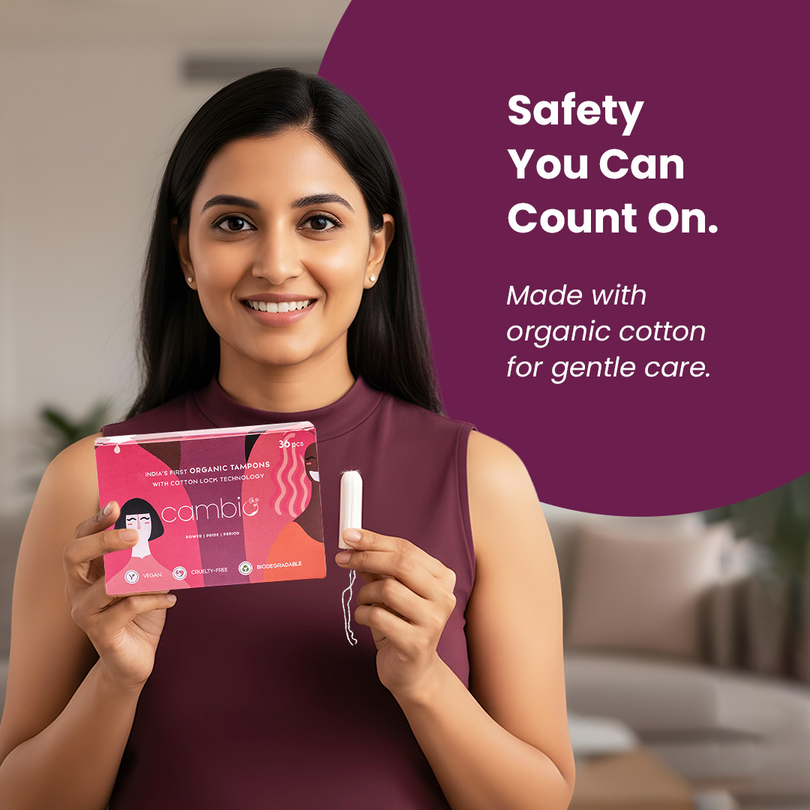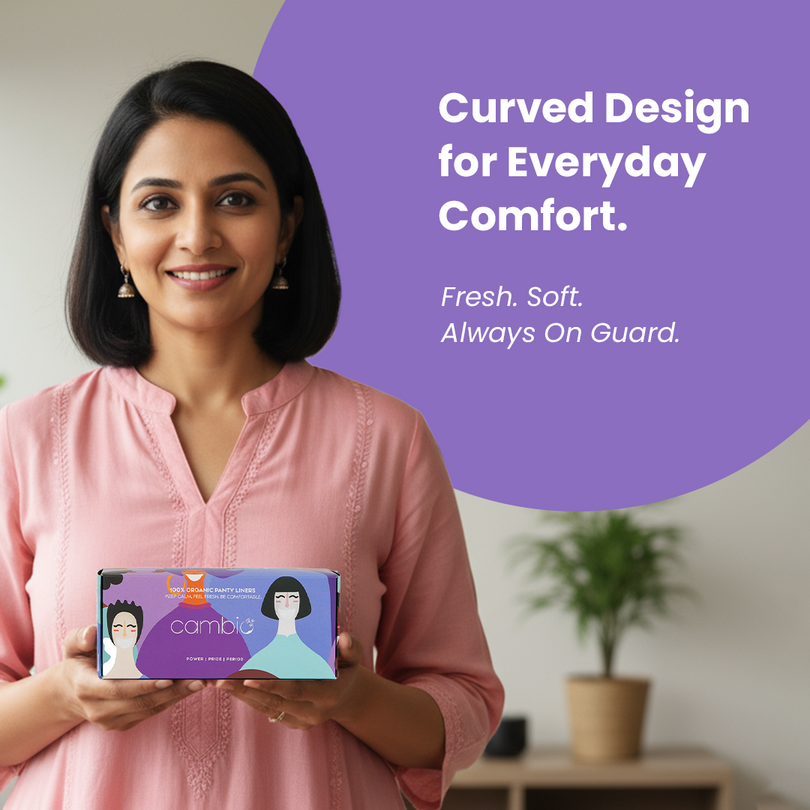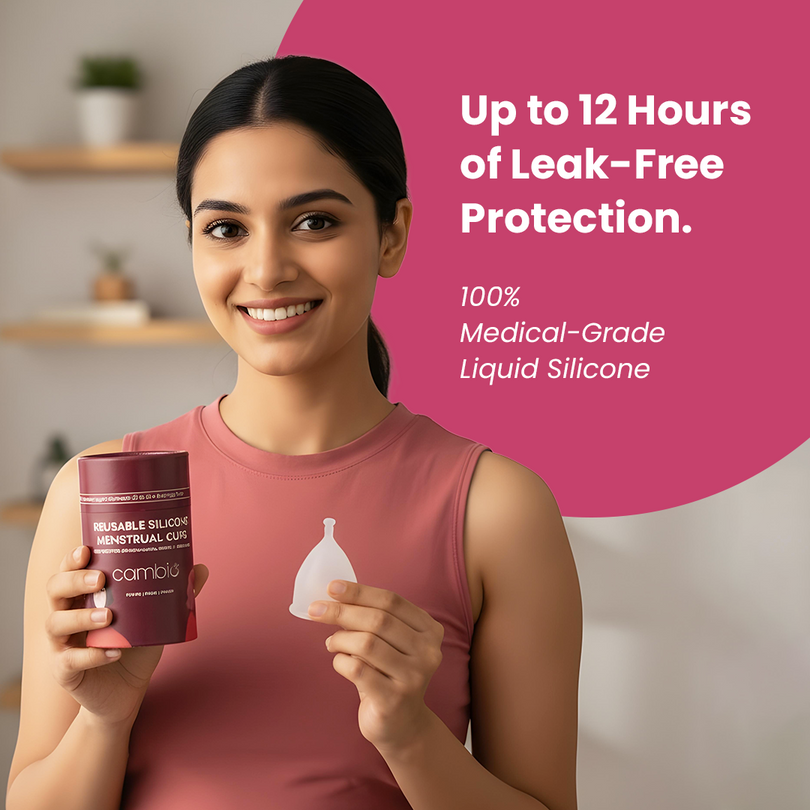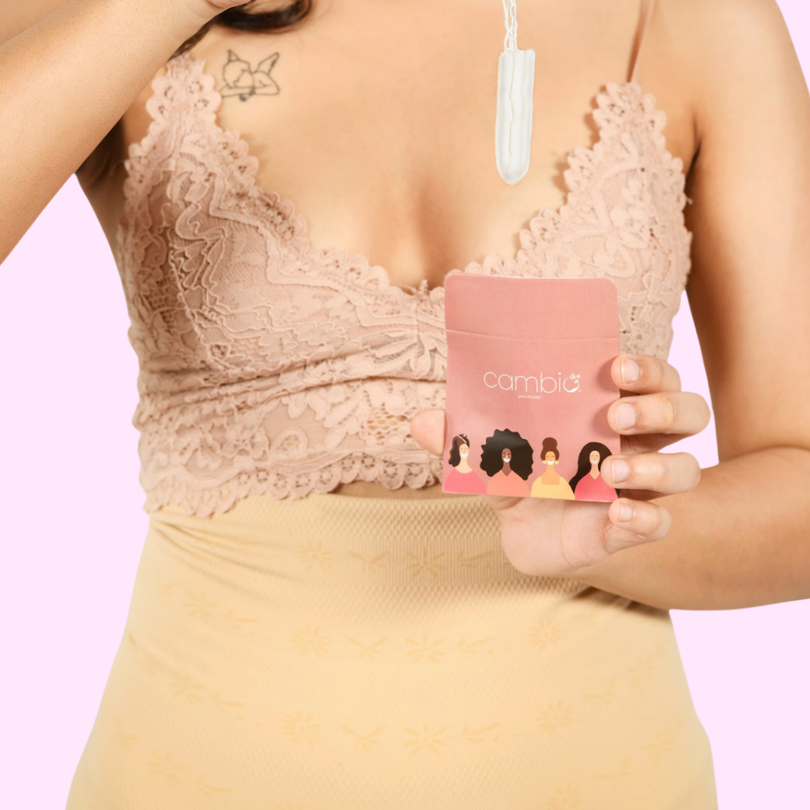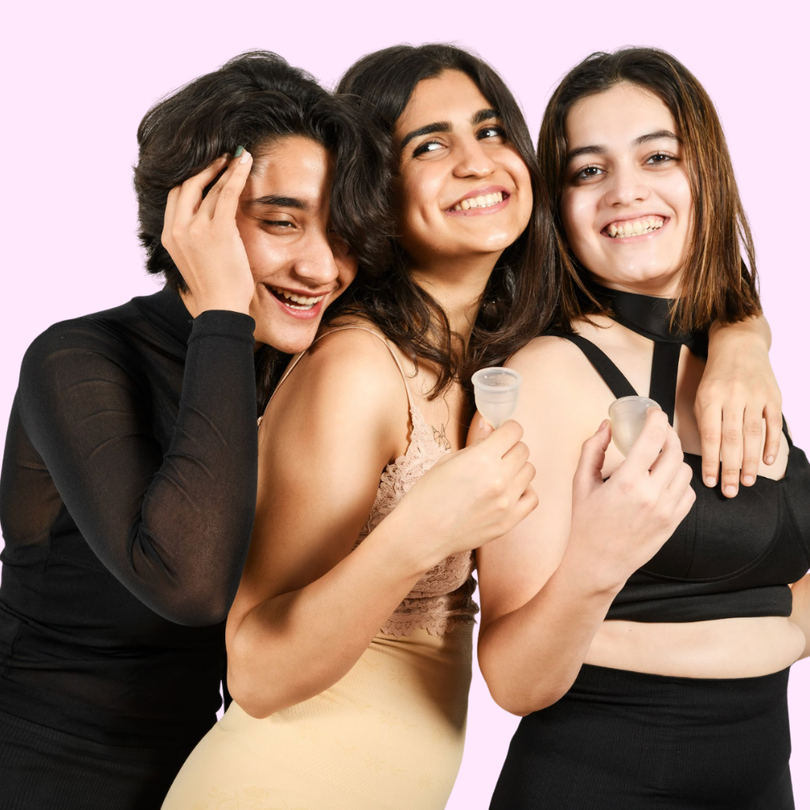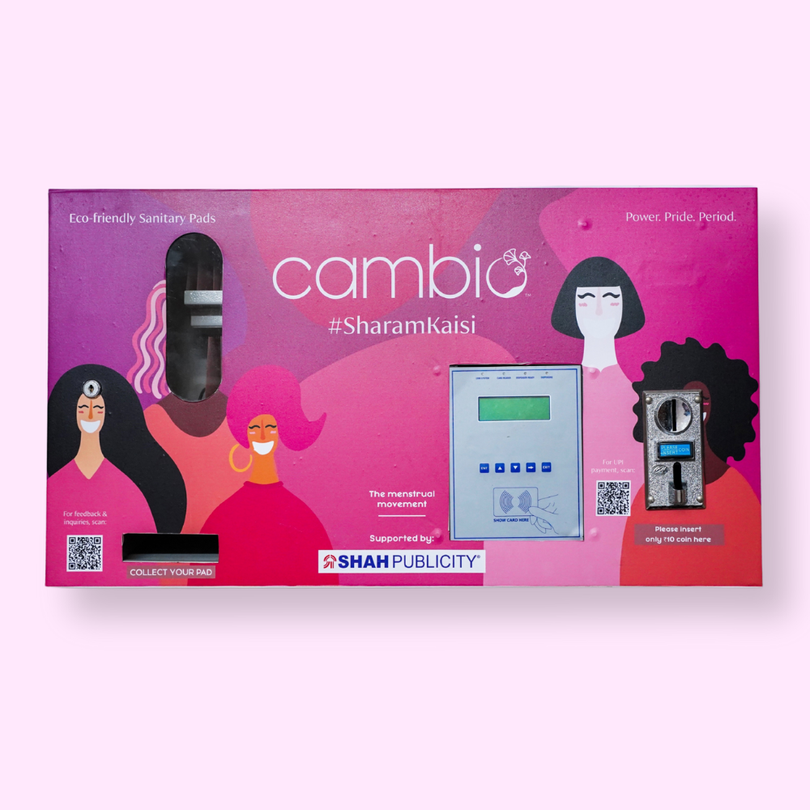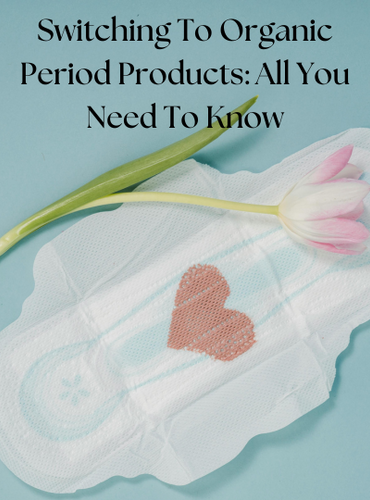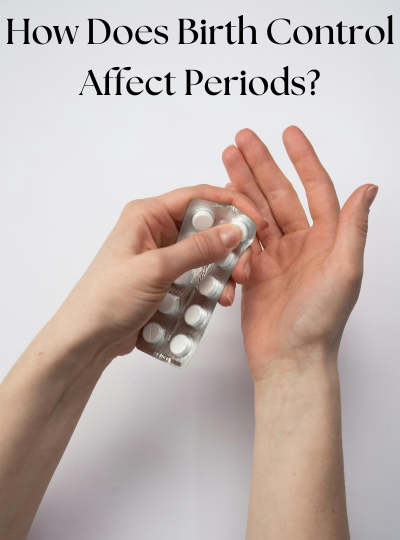Managing your period as a teen can be challenging, but with a few tips, it can be made easier:
1. Track your cycle: Use an app or calendar to note when your period starts and ends. This helps you anticipate your next cycle and stay prepared.
2. Stay organised: Carry period supplies (pads, tampons, or menstrual cups) in your bag, so you’re always prepared for when it arrives unexpectedly.
3. Manage cramps: Over-the-counter pain relievers, a heating pad, or gentle exercise can help reduce cramps. Drink plenty of water and eat nutritious foods.
4. Wear comfortable clothing: Choose loose, comfortable clothes during your period, especially if you’re feeling bloated or experiencing cramps.
5. Practice good hygiene: Change your pad or tampon regularly, and keep your private areas clean to avoid irritation and infection.
6. Talk openly: If you’re feeling stressed, uncomfortable, or worried, talk to a trusted adult or friend. It’s important to know you're not alone.
7. Stay active: Light exercise or walking can help reduce period-related discomfort and improve your mood.
8. Emotional care: Periods can bring mood swings, so be patient with yourself and recognise that it’s normal to feel different during this time.
Understanding your periods
You may have first learned about menstruation in school, or from your parents at home. Menstruation is the process in which the uterine lining is shed and released through the vagina as menstrual discharge, upon the absence of a fertilised egg.
It usually takes about a month for the uterine lining to build up again, however it can take up to two years for a menstrual cycle to become regular after you start to menstruate.
While understanding menstruation from a biological standpoint is useful to understand that it's a safe and natural process, classroom discussions about menstruation usually don’t cover the specifics of dealing with your periods. This is why it’s important to talk openly about periods with your friends and family members. Just keep in mind that what counts as normal for one person will be different for the other.
If you’ve started menstruating, you can track different data points about your period either manually in a notebook or using a period tracker app. Take note of your start and end dates, gaps between periods, blood flow, pain levels, PMS symptoms and mood changes to get a better understanding of what a regular period is like for you.
Which period products are suitable for teens?
There is a range of products and options you can try, and it ultimately comes down to your budget and preference. You’ll probably want to try out a few options before deciding what you’d like to use in the long-term. The most common period products you can try are:
-
Pads - These are strips of material that are placed in your underwear to absorb blood. They are regarded as one of the most convenient options as they are not inserted into your vagina and can be easily attached, removed, and disposed of. You can use reusable or organic pads as sustainable alternatives.
-
Tampons - These are cylindrical forms of absorbent cotton which are inserted into the vagina to soak blood. They may come with applicators that are used to insert them properly. They can be worn when swimming or playing sports.
-
Menstrual Cups - These small, bell-shaped containers made of medical-grade silicone, which are inserted into the vaginal canal to collect menstrual discharge. It may take a while to learn how to properly insert, remove and sterilise a cup, but cup-users vouch for this option being more efficient and budget-friendly in the long-term.
Also read - Alternatives of sanitary pads
What are the best ways to manage cramps?
Period cramps usually occur just before and during your period as your uterine muscles contract to shed your uterine lining. You may feel pain in your lower abdomen, back, and upper thighs. Experiencing mild period pain is normal, but in some cases the pain may be too intense.
To get relief from menstrual cramps:
-
Make sure you’re getting enough sleep. That’s 7-8 hours a night. Additional mid-day naps may help as well.
-
Eat a balanced diet rich in fibre and micronutrients like magnesium and iron. Also drink at least 2-3 litres of water a day. It’s okay to indulge in your cravings! Consume your favourite foods in moderation and prioritise getting enough nutrients and calories overall.
-
Use heat therapy by using a hot water bottle or a hot shower to relax your muscles.
-
Engage in some light exercise like going for a walk, doing a stretching routine, having a dance session, or doing some bodyweight exercises.
-
You may need to consult a doctor for painkillers if your period cramps stop you from doing your day-to-day activities.
How can you best manage emotional changes during periods?
Mood swings and emotional changes are usually caused by the hormonal changes that occur during your menstrual cycle, especially just before you get your period. You may be more tearful, irritable, and anti-social.
While it’s valid to experience a range of emotions during this time, you do not have to endure feeling severely low, drained, or agitated. You can:
-
Talk about your experiences with your family and friends.
-
Practice self-care techniques like meditation, warm showers, watching your favourite shows etc.
-
Seek help from a school counsellor or a therapist if your symptoms are not easily manageable.
Also read - Irregular periods in teen
How should teens deal with heavy periods?
What a “heavy period” is differs from person to person, but generally involves symptoms like:
-
Soaking through your products every 1-2 hours
-
Bleeding through your clothes when using period products
-
Experiencing large blood clots bigger than a Rs.10 coin
-
Feeling dizzy or tired due to blood loss
While it’s not immediately concerning to have a period that is heavier than usual once in a while, if your periods stop you from doing certain activities like travelling or playing sports, you should visit a doctor to get treated.
They may prescribe you with medicines to make your periods lighter and to help manage pain. They can also check for whether your periods are not causing you to be too tired or develop anemia.
You can consider changing period products to accommodate for more blood flow. You can use a menstrual cup which can store upto 25ml, or an XL-sized pad if you’ve been using a smaller size.
How can teens manage periods in school?
Getting your period in school or going to school while menstruating can pose some challenges, but with a little preparation and a reliable support-system, you can totally manage your periods efficiently at school by following these tips:
-
Carry extras! Extra period products, a pair of underwear and even a change of bottoms if it helps you feel secure.
-
Plan to change your period products before they soak through. Take note of your class schedule and find convenient windows for when you can visit the washroom.
-
Wear dark-coloured bottoms to feel secure that if you stain your clothes, it won’t be noticeable.
-
Dispose of your used products safely. You can wrap your pads in tissue or newspaper before throwing them in the trash. Do not flush and period products down the toilet.
-
Stay hydrated by drinking water regularly throughout the day. You can also carry your favourite snacks to give you a boost of energy.
Also read - How to dispose sanitary pads?
What should you do in case of an unexpected period?
If you’ve only recently started menstruating, your periods can be difficult to predict as it can take up to two years for your menstrual cycle to develop into a regular routine. If you unexpectedly get your period in school, and you’re not prepared you should ask for help from a teacher or a friend who can provide you with a pad you can use until you get home. The nurse’s office in your school should also have a stock of period products for you to use.
As soon as you get your period, you should alert your teacher or ask your friends for a pad so that you can deal with the situation before you leak through your clothes. In case you stain your clothes, you can borrow a jacket to tie around your waist to cover it up.
Read more
Can I do yoga with a menstrual cup?


